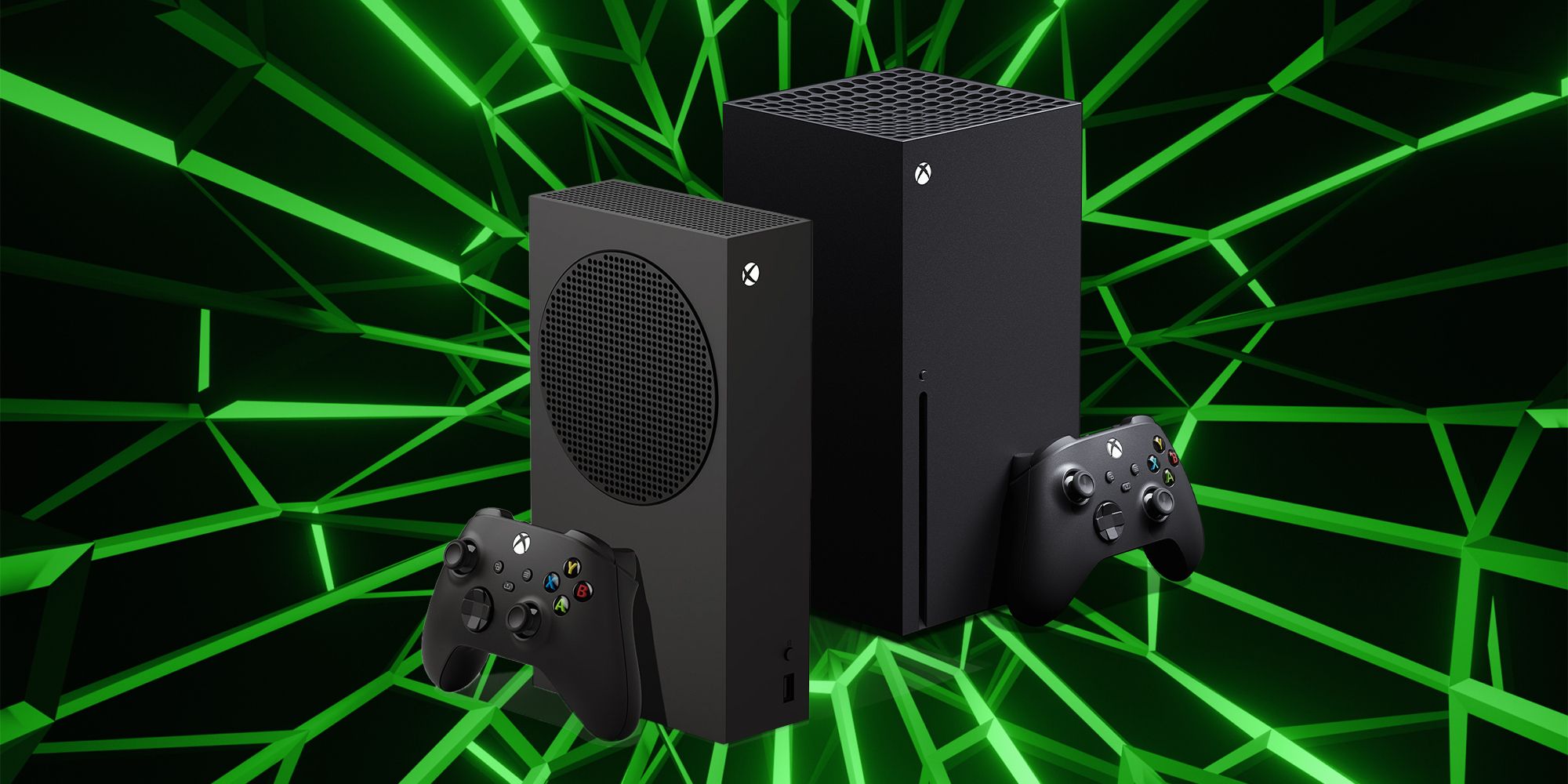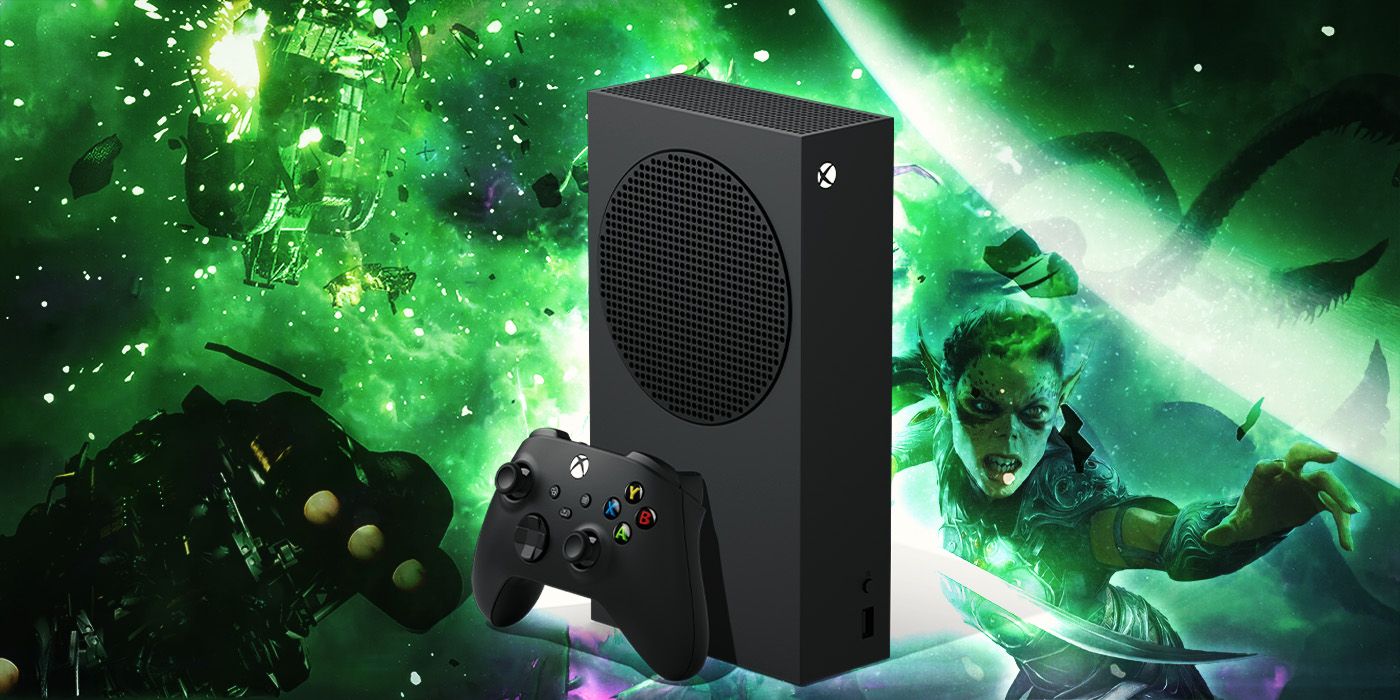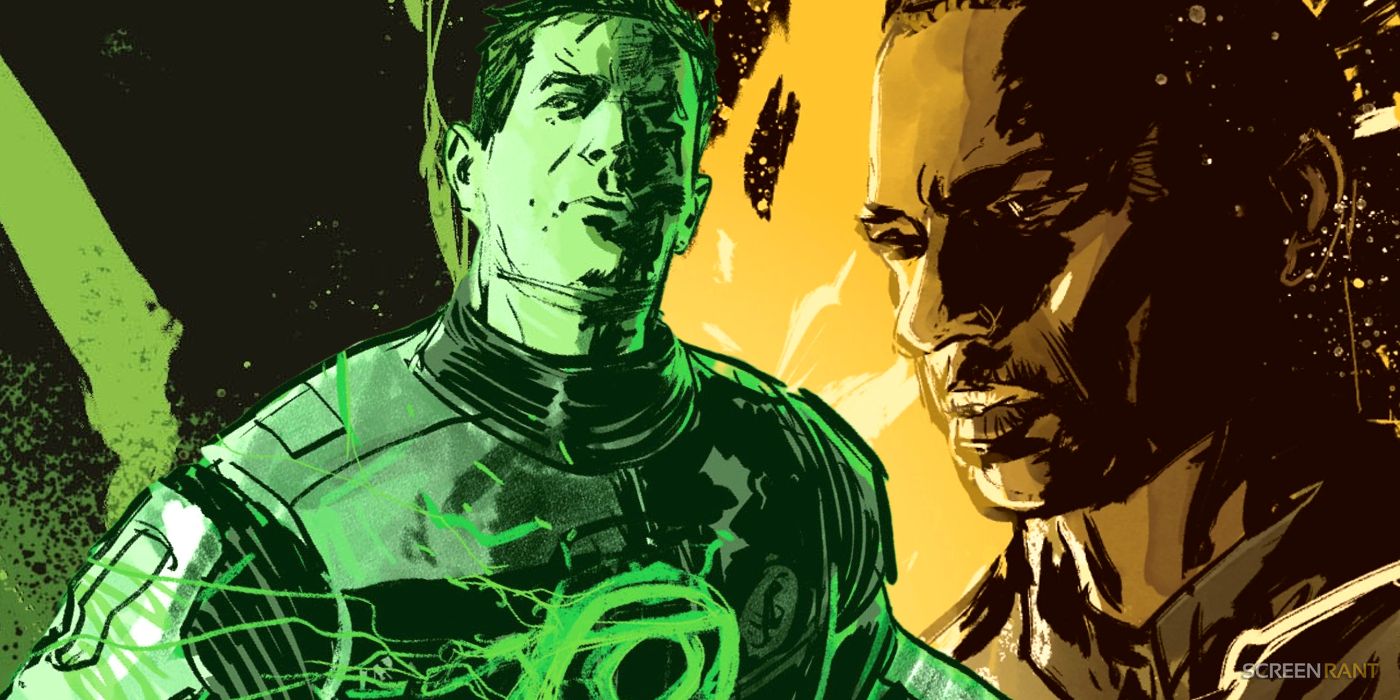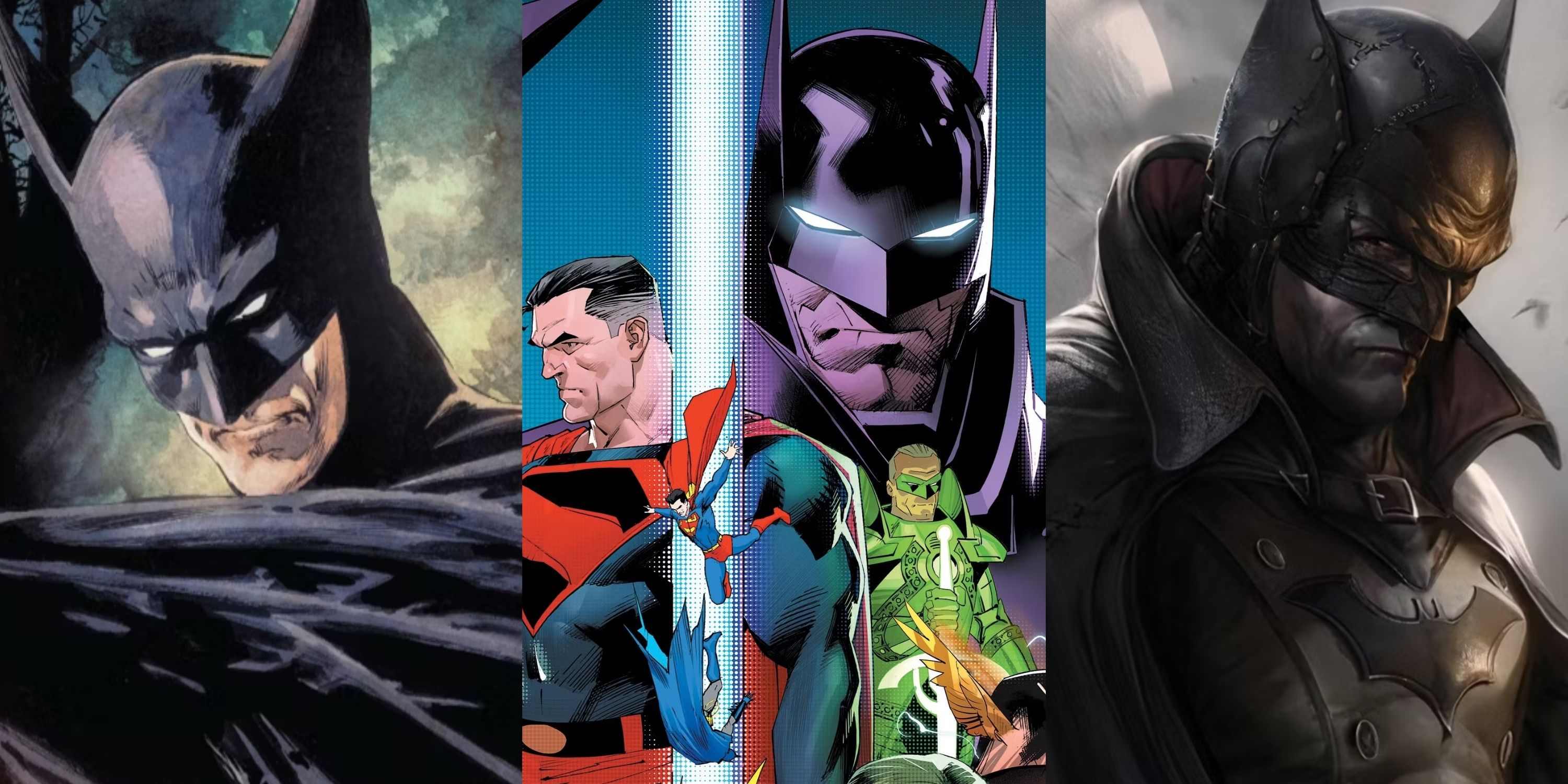New leaks suggest that the final nail in the Xbox Series S’ coffin could be coming sooner than expected. Microsoft released two versions of its Xbox console in 2020: the Series S and the Series X. This is a common strategy in the current home console generation, with the PS5 also releasing in two differently priced models. However, the Series S lags far behind all the other consoles on the market today. While it has a lower price point, its limitations make it a tough sell, and many have long believed it’s time to ditch the Xbox Series S for an upgraded console.
The Xbox Series S is a budget console, so some missing features and performance dips are to be expected. However, the gulf between it and its sibling model, the Series X, is obvious, and often limiting for developers who release titles for the Xbox family of consoles. With new information suggesting improvements are coming to the Series X, while its lower-specced sibling lags behind, that gulf is only due to get wider. As a result, the Xbox Series S may not be long for this world.
The Xbox Series X’s Upcoming Refresh Could Kill The Series S

Documents filed as part of the US court case FTC v. Microsoft reveal that the Xbox Series X could be getting a refresh that would leave the Series S in the dust. The case, which attempted to block Microsoft’s deal with Activision Blizzard citing concerns over fair competition, is currently in appeals following a July 11, 2023, decision in Microsoft’s favor. Big names in the industry have repeatedly revealed major information about their upcoming developments in connection with the case, including the potential release date of the PlayStaion 6, so this is just the latest in a long line of legal leaks.
The Xbox Series X refresh, codenamed Brooklin, seeks to make wide-ranging improvements to Microsoft’s flagship console. These include a sleek, cylindrical design, increased internal storage allowing for up to 2TB of games, Wi-Fi 6E support for faster online gaming, an updated Bluetooth radio for less latency with wireless accessories, and the complete removal of the disk drive in favor of an all-digital model. The Xbox controller will also see updates, including improved haptic feedback, swappable thumbsticks and battery packs, and an accelerometer for motion controls. New designs improve on the sustainability of both items, using fewer plastic and metal parts with more recycled materials.
The documents also reveal that Microsoft planned to release this mid-generation Xbox refresh in 2024. That’s halfway through the console’s shelf life, which they predict will expire in 2028. However, these designs were drawn up in 2020, so the release dates may have been quietly delayed since.
The new Series X’s diskless design brings it a lot closer to the Series S, only with the higher performance and display capabilities of the Series X. The one thing the Series S still has over it is a lower price point: $299 USD to the Series X’s $499. Those who want an Xbox, have a preference for digital games over physical ones, and don’t mind paying a little extra are almost certain to choose an upgraded Series X over a stagnant Series S. While the Series S will still offer a lower price at the cost of some performance features, the already-preferable Series X now has another leg up.
Xbox Series X Is Holding Developers And Players Back

The latest Xbox generation may comprise two of the most powerful pieces of home console hardware Microsoft has ever released, but developing for them is more difficult than ever before. That’s because every game that comes out for one model must come out for the other – there’s no such thing as an Xbox Series X exclusive, at least not yet. The Series S has worse performance, worse visuals, less onboard storage, and no disk drive, which every game developed for it must take into account.
Again, this strategy isn’t unheard of, but the Xbox Series S is the only current-gen budget console with lesser specs than a higher-priced counterpart. Usually, the two versions of one Xbox game only differ slightly. A Series X release might take advantage of its true 4K resolution, while docking the Series S version a few pixels or frames per second.
However, in some cases, the discrepancy in performance leads to Xbox Series S games missing entire features. Most recently, it was revealed that the fantasy CRPG Baldur’s Gate 3, coming to Xbox sometime soon, won’t support local split-screen multiplayer on the Series S. It makes sense, since players can stray very far from one another in Baldur’s Gate 3, and rendering two iterations of its highly interactive open world could be trying on the Series X’s hardware. Still, this is a feature native to the game on PC, both PS5 models, and Xbox Series X, so it’s a shame to see it absent on Series S.
It’s a limited phenomenon for now, but there could be more Series S releases with limited features on the horizon. That goes double with the increased capabilities of the upgraded Series X, which could make future Xbox releases nonviable on the Series S, and lead to some games going Series X-exclusive. That can’t help its sales, and only makes the Series X look more appealing to consumers and developers both.
The Xbox Series S Is Also Getting A Refresh, But Will It Be Enough?

Along with the new model of the Xbox Series X, the recently uncovered court documents reveal an upcoming refresh to the Xbox Series S. Upgrades appear to be largely the same as those proposed for the Series X, but its design will remain unchanged, and its performance and storage will remain exactly the same. The new Series S is pretty lackluster, especially when compared to the new Series X, and that doesn’t inspire confidence in the lower-priced console’s future.
Even so, neither of the new Xbox models incorporate the kind of revolutionary changes that make mid-generation console refreshes successful. Upgraded models can better drive sales of a console when they add new features or improve performance, like when the PS4 Pro brought 4K graphics to the previous generation, or when the Xbox 360 S included Kinect support for motion-controlled games in the generation before. If anything, the modular, accelerometer-capable controller is more exciting than the console itself, and there’s no reason or indication that it can’t be used with older models, too.
Design, sustainability, and across-the-board latency improvements are all well and good, but they’re not terribly exciting for the average player. It’s not like the current Xbox models have latency issues that are holding them back. If anything, it’s the Series S’ performance that limits it, and the new model fails to make any improvements on that front. It’s unlikely that current Series X owners will upgrade to a model without a disk drive just for a handful of minor upgrades, but far more likely that those still playing on a Series S will make the jump to a more powerful console.
So will the upgraded Xbox Series X really kill the Series S? The differences between the proposed new models are almost the same as those between the current ones, with the only exception being the new Series X’s lack of a disk drive. Since the improvements are otherwise negligible, if the new models’ release leads to a discount on the old ones, the original Series X could become the best Xbox available, striking a perfect balance between specs and price. It’s hard to say what this means for the Series S, but one thing hasn’t changed: the Xbox Series X will continue to overshadow its more modestly priced companion.





